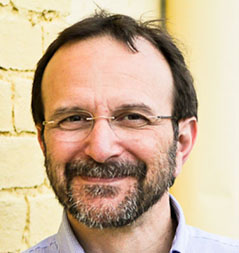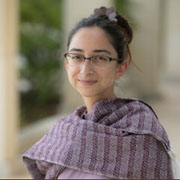In COVID-19 clinical update #71, Daniel Griffin reviews updated school and child care guidance from CDC, transmission in schools, accuracy of lateral flow assays, update to J&J/Janssen vaccine EUA to include GBS, interim immunogenicity of Ad.26.CoV2.s, effectiveness of mRNA vaccines to prevent hospitalization, Bamlanivimab plus Etesevimab for mild or moderate disease, and a meta-analysis of ivermectin results.
TWiV reviews evidence that COVID-19 mRNA vaccination of both uninfected and previously infected persons elicits cross-variant neutralizing antibodies, and directed evolution of a bacterial protein to form a virus-like capsid that specifically packages its encoding mRNA.
In COVID-19 clinical update #70, Daniel Griffin discusses efficacy of portable air cleaners, vaccine induced serum neutralizing antibodies against variants, prevention and attenuation of disease with mRNA vaccines, ivermectin to prevent hospitalization, IL-6 antagonists and mortality, and impact of vaccination on long COVID.
Ron Fouchier explains why increased transmission of SARS-CoV-2-variants has not been demonstrated, and their ability to displace ancestral variants is due to greater fitness, much like influenza virus antigenic variation leads to better fitness and replacement of previously circulating variants.
TWiV reviews an analysis of animal sales from Wuhan wet markets before the COVID-19 pandemic, control of dengue by release of Wolbachia-infected mosquitoes, and fatal dengue acquired in Florida.
In COVID-19 clinical update #69, Daniel Griffin covers effectiveness of mRNA vaccines against the delta variant, depression among public health workers, correlates of protection against asymptomatic and symptomatic infection, BNT162b2 in ChAdOx-1-S primed individuals, prior infection rescues B and T cell responses to variants after vaccination, effect of vaccination on household transmission, germinal responses induced by mRNA vaccines, phase 3 results of Novavax vaccine, and long COVID as our next national health disaster.
Kristian Andersen and Robert Garry join TWiV to discuss recovery of deleted deep sequencing data from early in the Wuhan SARS-CoV-2 epidemic, and whether they shed light on the early phase of the outbreak.
Laurie Garrett, author of The Coming Plague, joins TWiV for a wide-ranging discussion of infectious disease and public health, including emerging infections, the role of wildlife markets in spillovers, and missteps in handling the COVID-19 pandemic.
In COVID-19 clinical update #68, Daniel Griffin discusses children acquiring infection at birthday parties, immunogenicity of vaccines in solid organ transplant patients, reinfection rates in recovered patients, lack of efficacy of azithromycin, bacterial and fungal infections in hospitalized patients, effect of monoclonal antibody treatment on clinical outcomes of ambulatory patients, and reduction in mortality of hospitalized patients treated with remedesivir.
A TWiV trio reveals the 100 million year old history of bornavirus infections hidden as EVEs in vertebrate genomes, and identification of novel bat coronaviruses that provide evolutionary insight into the origins of SARS-CoV-2.








